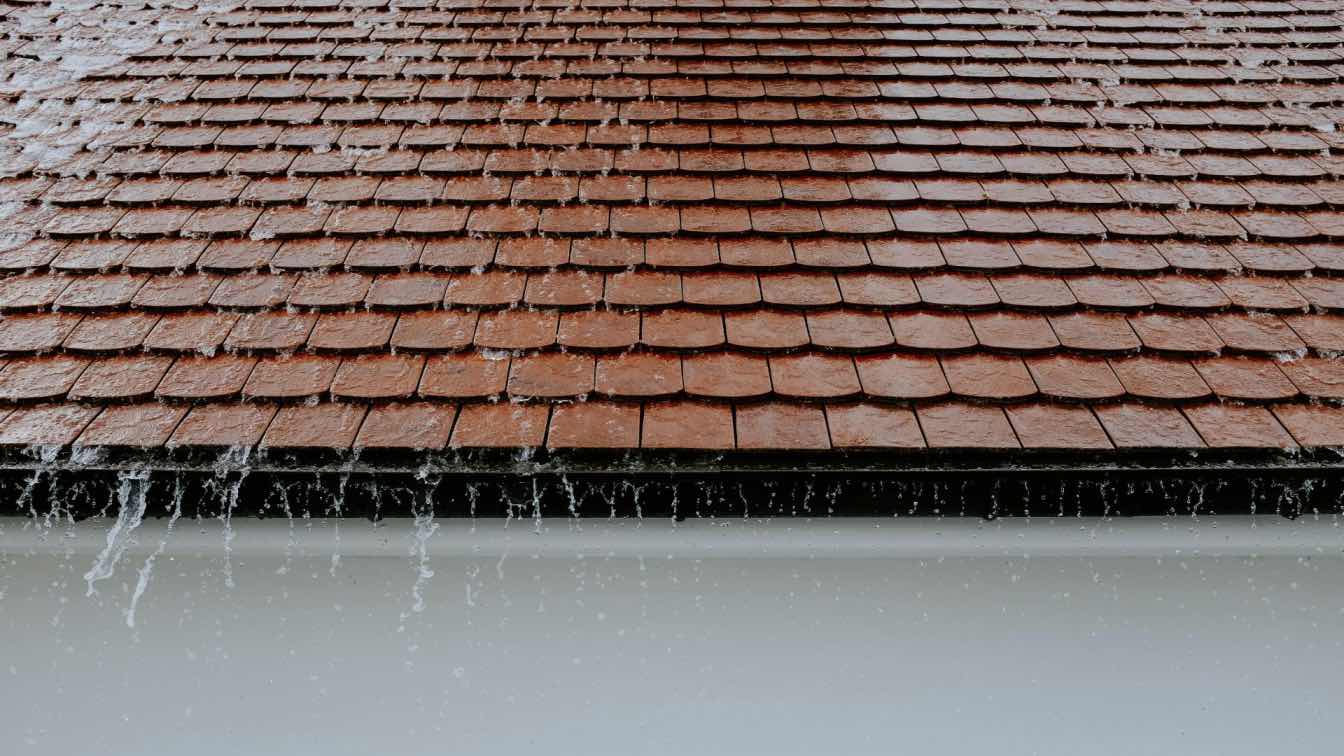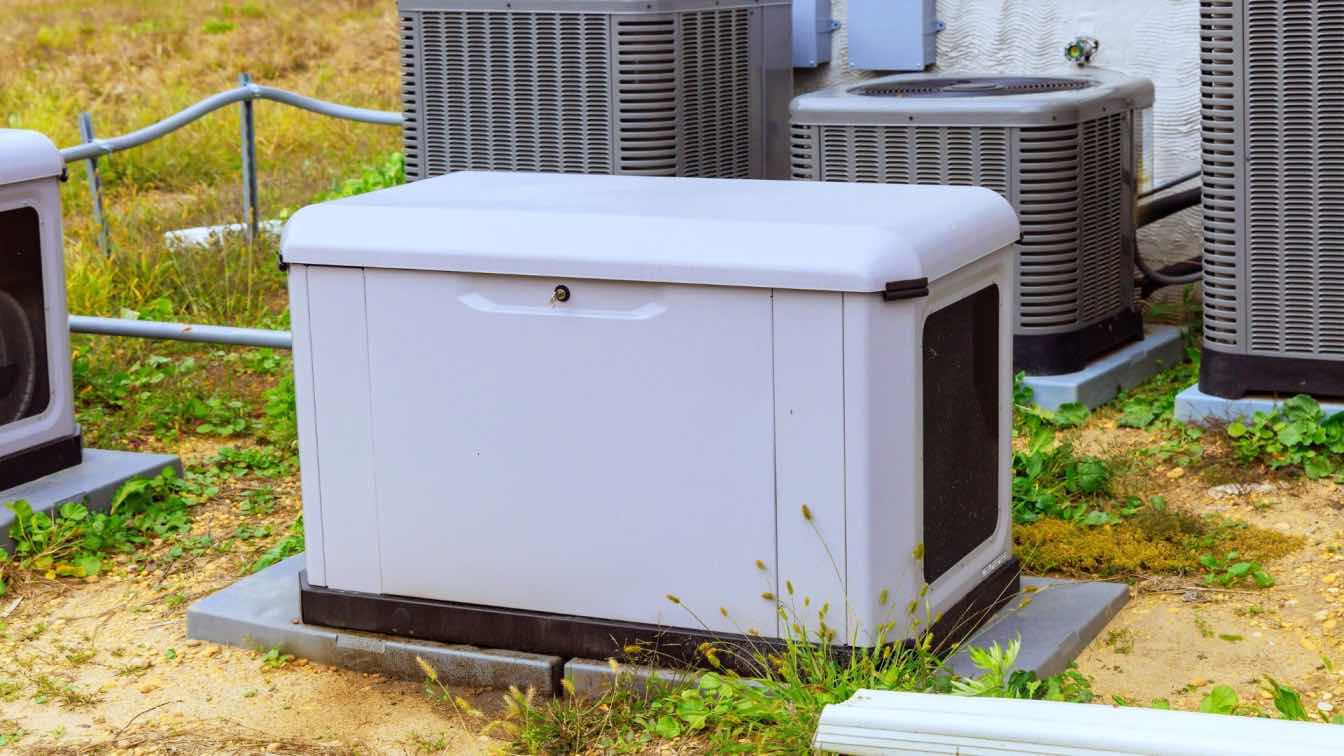Roofs shield homes from the elements, playing a critical role in preserving the integrity of a property. Consequently, maintaining a roof becomes paramount for homeowners, especially in areas prone to harsh weather. Regular upkeep extends the lifespan of a roof and helps prevent costly repairs from severe damage. By adopting proactive measures, you can ensure that your roof remains resilient against the trials of rain, wind, and snow.
Inspect Your Roof Regularly
Routine inspections are the foundation of a solid roof maintenance routine. Homeowners should consider conducting visual checks at least twice a year, ideally in spring and fall. This allows for the identification of any minor issues before they escalate into major repairs. Keep an eye out for damaged shingles, missing tiles, or signs of water damage such as staining or mold growth. Engaging a professional for a thorough inspection is advisable at least once every few years, as they possess the expertise to spot issues that might easily go unnoticed, including the potential need for replacement components.
Choose Durable Roofing Materials
Investing in high-quality roofing materials can significantly enhance the durability of your roof. Options like metal roofing or reinforced asphalt shingles withstand harsher weather better than standard materials. If you’re considering a roof replacement or upgrade, consulting with a professional for your local Midlothian roofing expertise can provide you with insights into the best materials suited for your local climate. Opting for materials that come with warranties can offer peace of mind, knowing that you have support in place should any issues arise during the warranty period.
Keep Gutters and Drains Clear
Clogged gutters can lead to significant roof damage by causing water to back up and infiltrate your roofing structure. To prevent this, cleaning your gutters and downspouts at least twice a year is paramount. This simple task allows water to flow freely, directing it away from your roof and foundation. Consider installing gutter guards to reduce the frequency of debris accumulation. If your home is surrounded by trees, it might help to inspect your gutters more frequently, especially after storms, to keep them clear of twigs and leaves.
Trim Overhanging Branches
Tree branches that hang over your roof can pose a threat, particularly during storms. High winds can cause branches to snap and fall onto your roof, resulting in damage to shingles or even holes. Therefore, it’s wise to trim any overhanging branches regularly. Aim to keep branches at least six feet away from your roofline to minimize the risk of damage. Conducting this maintenance protects your roof and helps stave off potential pest infestations that could compromise your roofing materials.
Address Repairs Promptly
When it comes to roof damage, timely repairs are crucial. Delaying repairs for issues such as leaks or loose shingles can lead to more extensive damage, costing homeowners thousands. It's advisable to tackle repairs as soon as they’re noticed. If you see a leak or missing shingles after a storm, act quickly to engage a roofing contractor who can assess the situation. Regular roof maintenance can often entail some degree of repair work; hence, maintaining relationships with trusted local contractors ensures that help is readily available when required.
Consider Installing Roof Ventilation
Roof ventilation plays a vital role in maintaining the health of your roofing system. Proper ventilation helps in regulating attic temperatures, which can lead to reduced heat buildup during hot months. This buildup can cause shingles to age prematurely if not managed effectively. Conversely, inadequate ventilation can lead to moisture accumulation, which fosters mold growth and affects the structural integrity of your roof. Installing ridge vents or soffit vents can help mitigate these issues, ensuring that your roof remains dry and fortified against the elements.
Plan for Seasonal Weather Changes
Finally, preparing for seasonal weather changes is crucial for maintaining a strong roof. Each season presents unique challenges, heavy snowfall in winter, intense heat in summer, and rainstorms in fall. Homeowners should adapt their maintenance strategies accordingly. Before winter sets in, ensure that your roof is snow-ready; this might involve reinforcing areas that bear the brunt of snow accumulation. Similarly, inspecting for any potential leaks before the rainy season arrives can save homeowners significant headaches down the line. Consider creating a maintenance checklist that outlines seasonal tasks to keep your roof in pristine condition all year round.
Maintaining your roof effectively can help avoid detrimental weather-related damage. With regular inspections, clear gutters, and appropriate roofing materials, homeowners can protect their investments and ensure a safe and comfortable living environment. Stay proactive with your maintenance routine to prevent small issues from turning into costly repairs.





